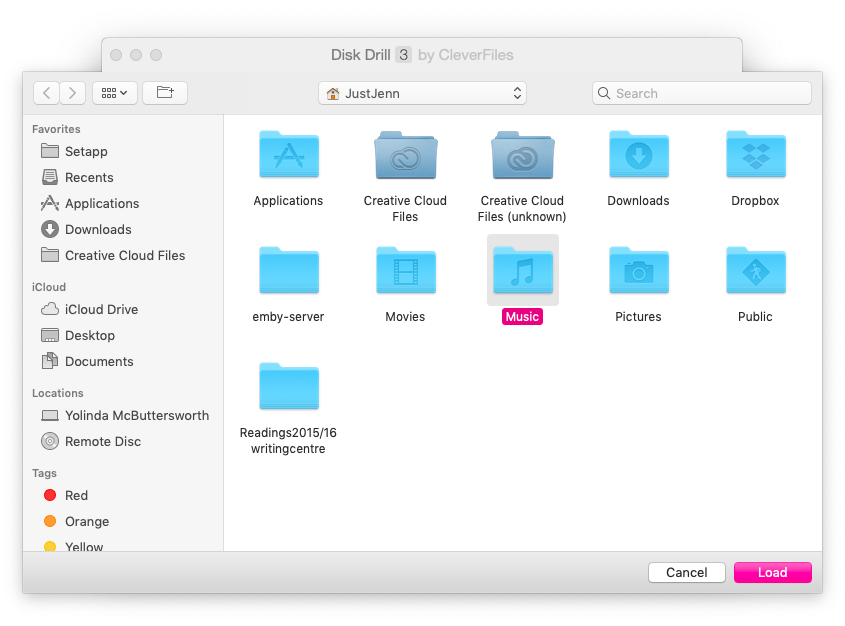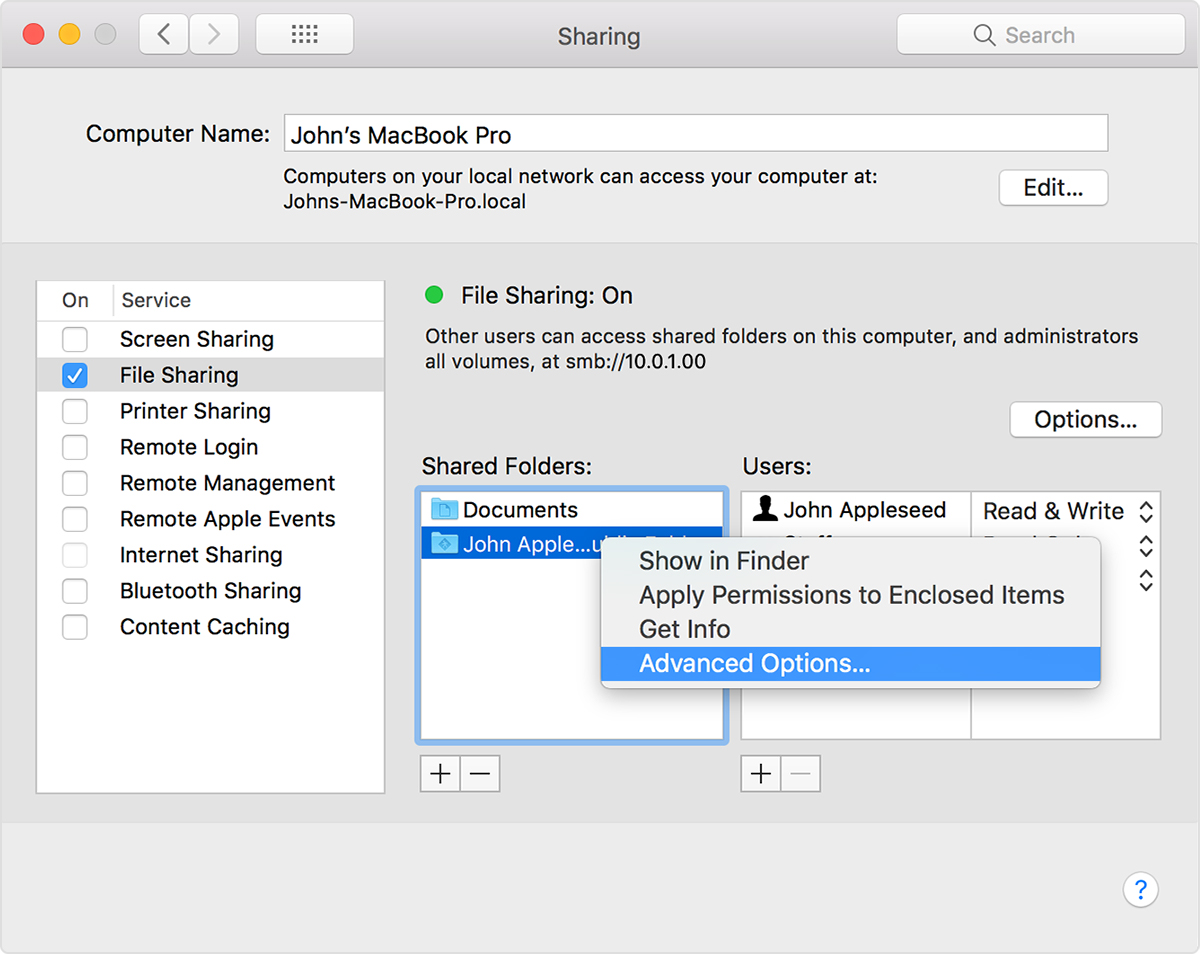

- #Apple disk archive mac os x
- #Apple disk archive mac os
- #Apple disk archive install
- #Apple disk archive manual
#Apple disk archive manual
You can access this manual from the terminal by typing man wget and pressing enter.
#Apple disk archive install
Luckily, installing wget via the Brew package manger (explained briefly below) will also install the wget instruction manual. Need to use a personal login for getting access to specific directories? There's another option for that. Need to archive only the documents on the first two pages of a website? There's an option for that. Since web protocols can be complicated, wget has a myriad of options to deal with that complexity. Wget can be instructed to convert the links in downloaded files to point at the local files, for offline viewing. This is sometimes referred to as "recursive downloading." While doing that, Wget respects the Robot Exclusion Standard (/robots.txt). Wget can follow links in HTML, XHTML, and CSS pages, to create local versions of remote web sites, fully recreating the directory structure of the original site. It's designated as a "non-interactive" command because you can initiate the program and leave it to do its work without any other user interaction. , public.The wget command is network downloader that can follow and archive HTTP, HTTPS, and FTP protocols. Office Open XML presentation template (macros enabled) Office Open XML slide show (macros enabled) Office Open XML presentation (macros enabled) Office Open XML spreadsheet template (macros enabled)

Office Open XML spreadsheet (macros enabled) Office Open XML word processing template (macros enabled)

Office Open XML word processing document (macros enabled) Corresponds to what users would label a "movie".Īpple protected MPEG4 format (.m4p, iTunes music store format) For example, 4D defines "com.4d." and a few others for use with its pasteboard related commands.Ī media format which may contain both video and audio. Note that this list is not exhaustive third party applications may define UTIs for their own private use and data formats.
#Apple disk archive mac os
The tables below contain the majority of UTIs defined by Mac OS X. Instead of specifying a list of all image UTIs ("public.jpeg", "public.tiff", and so on), the "public.image" UTI can be used and the plug-in area will accept any data type that conforms to the "public.image" UTI. For example, suppose that a QDrop plug-in area has to be configured to accept drops of image files. The QDrop plug-in area fully supports this classification mechanism.

#Apple disk archive mac os x
This mechanism can be used by applications on Mac OS X for specifying classes of accepted data types in cases such as the file selection dialogs, the pasteboard, and drag-and-drop. For example, the "public.jpeg" UTI conforms to the "public.image" UTI. UTIs also provide a mechanism for the classification of data types. UTIs are plain strings, commonly formed in reverse-DNS notation: In the UTI universe, all these are replaced by a single string: "public.jpeg". by filename extensions ".jpg" and ".jpeg".In adittion to file types and filename extensions, the Internet has introduced mime types for identifying streams of data delivered through the network.Įxample: here are some traditional ways for identifying a JPEG image: On the Macintosh, 4-character codes known as file types have been used traditionally for this purpose, while filename extensions were (and are still) used on platforms such as Windows and Unix. Uniform Type Identifiers were introduced by Apple in Mac OS 10.4 (Tiger) as a modern replacement to traditional means for identifying the type of data contained within byte streams such as disk files and the clipboard.


 0 kommentar(er)
0 kommentar(er)
